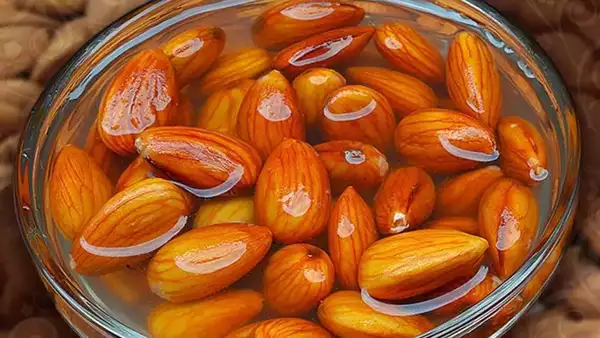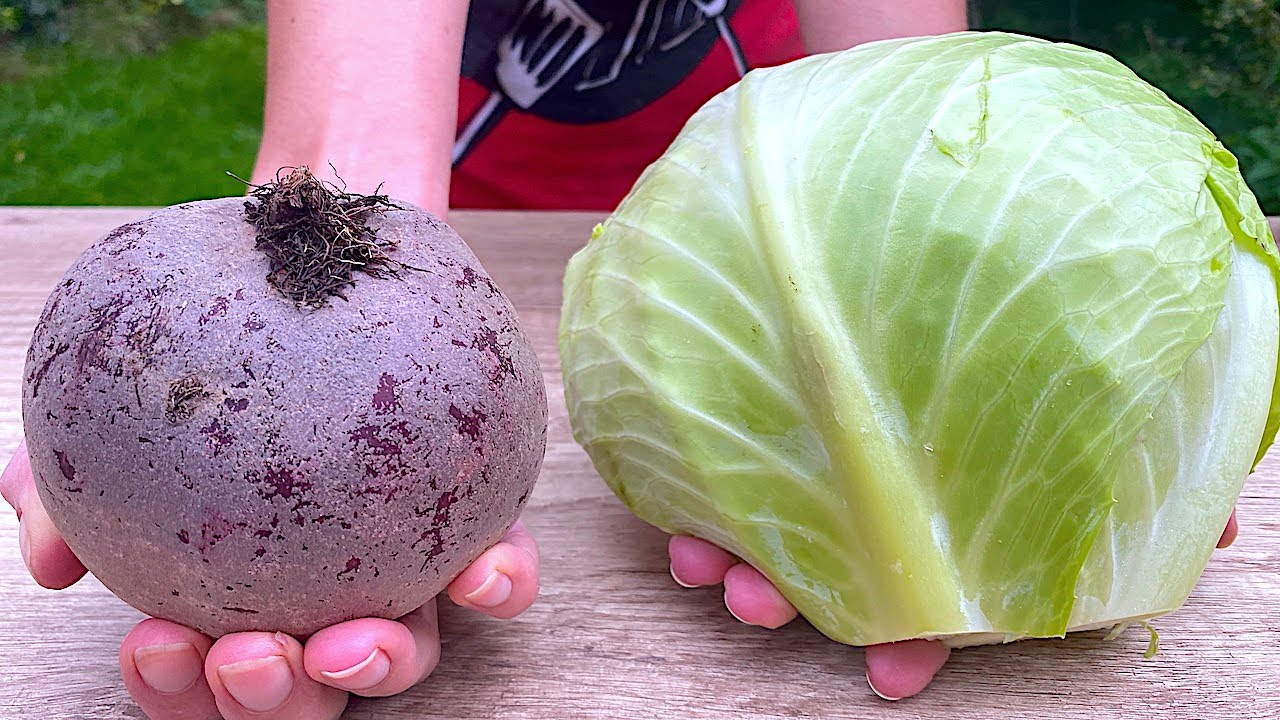
Watermelon is a staple summer fruit, beloved for its juicy sweetness and refreshing qualities. But most people toss the rind without a second thought, not realizing that with a little creativity, it can be transformed into a delicious treat. One surprising kitchen hack involves adding baking soda to watermelon rind, which enhances its flavor and texture in unexpected ways. Let’s dive into how this simple addition can elevate your culinary experience.
Why Use Baking Soda with Watermelon Rind?
Baking soda, a common pantry item, is known for its versatile uses, ranging from baking to cleaning. When used in cooking, it can alter the pH of a dish, impacting both flavor and texture. In the case of watermelon rind, baking soda softens the rind and reduces any bitterness, making it more palatable and ready to be used in a variety of dishes.
Benefits of Eating Watermelon Rind
-
Nutrient-Rich: Watermelon rind is packed with nutrients like vitamin C, vitamin B6, and potassium. It’s also rich in citrulline, an amino acid that may help improve blood circulation.
-
Low Waste: Utilizing the rind helps reduce food waste, aligning with a more sustainable way of cooking and eating.
-
Versatility: The rind can be transformed into pickles, jams, or even candied treats, providing a unique flavor and texture to traditional recipes.
How to Prepare Watermelon Rind with Baking Soda
Ingredients:
-
Watermelon rind
-
1 teaspoon of baking soda
-
Water for soaking
Instructions:
-
Prepare the Rind:
-
Remove the green outer skin of the watermelon rind and any pink flesh still attached.
-
Cut the white part of the rind into small, manageable pieces, depending on your recipe needs.
-
-
Soaking Process:
-
Dissolve a teaspoon of baking soda in a large bowl of water.
-
Soak the cut rind pieces in the baking soda water for about an hour. This process helps soften the rind and reduce its bitterness.
-
-
Rinse Thoroughly:
-
After soaking, rinse the rind pieces thoroughly under cold running water to remove any traces of baking soda.
-
-
Cook as Desired:
-
You can now cook the rind as per your recipe. Whether you’re making a stir-fry, jam, or candying them, the rind will be more tender and flavorful.
-
Conclusion
Adding baking soda to watermelon rind is not just a culinary experiment; it’s a way to discover new flavors and textures while making the most out of every part of the fruit. This method aligns with sustainable cooking practices by minimizing waste and introducing an innovative way to enjoy what is often discarded. Give this method a try to see how it transforms your perception of watermelon rind, turning an overlooked by-product into a kitchen delight.





